

Paithani is an art form which originated in Paithan (Pratishthan), Capital of Satvahana Empire 200 BC. Now, a regional landmark of Maharashtra, India. This art is influenced by the Mughals, Nizam and the Marathas. A pattan (Paithani) is a gold (zari) and silk saree.
In the revival of original Paithani weaving, the production was oriented towards export requirements, while saris were produced only for sophisticated buyers in India and overseas markets. It is a plain weave, with weft figuring designs done on principles of tapestry.
Since over 400 years original handloom Paithani is established and developed in Yeola, Maharashtra. Original Paithani was introduced and developed at Yeola by a Gujarati merchant. Today Paithani production is more from Yeola than Paithan. And thus, the product segment is generically known as Yeola Paithani. There was a time when silk was imported from China. Presently Yeola and Paithan, both being traditional handloom weaving centres from the state of Maharashtra, source silk from within India.
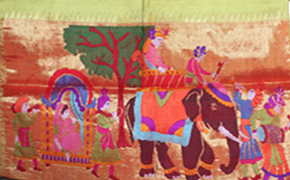
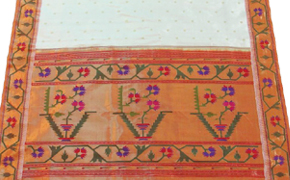

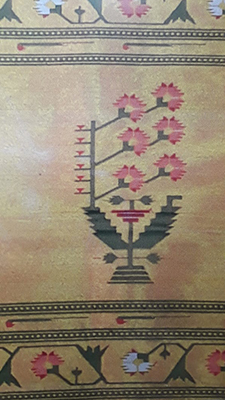
The art of Paithani survived under changing rulers. In fact it flourished under Aurangzeb, who not only brought it back to its glory but also incorporated many novelties in appearance. The well known floral motif and Amarvel are contributions from Mughal era. The Nizam of Hyderabad was also an ardent admirer of Paithani art.
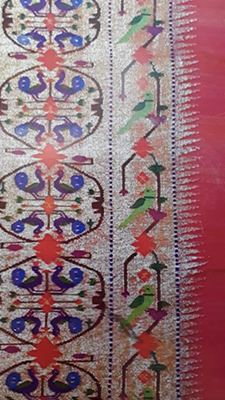
The art of Paithani survived under changing rulers. In fact it flourished under Aurangzeb, who not only brought it back to its glory but also incorporated many novelties in appearance. The well known floral motif and Amarvel are contributions from Mughal era. The Nizam of Hyderabad was also an ardent admirer of Paithani art.
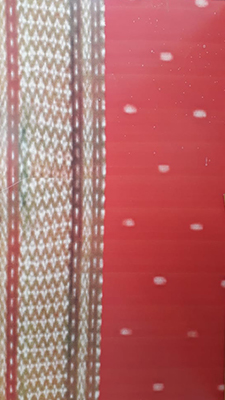
The art of Paithani survived under changing rulers. In fact it flourished under Aurangzeb, who not only brought it back to its glory but also incorporated many novelties in appearance. The well known floral motif and Amarvel are contributions from Mughal era. The Nizam of Hyderabad was also an ardent admirer of Paithani art.
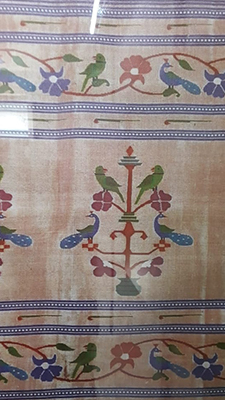
The art of Paithani survived under changing rulers. In fact it flourished under Aurangzeb, who not only brought it back to its glory but also incorporated many novelties in appearance. The well known floral motif and Amarvel are contributions from Mughal era. The Nizam of Hyderabad was also an ardent admirer of Paithani art.